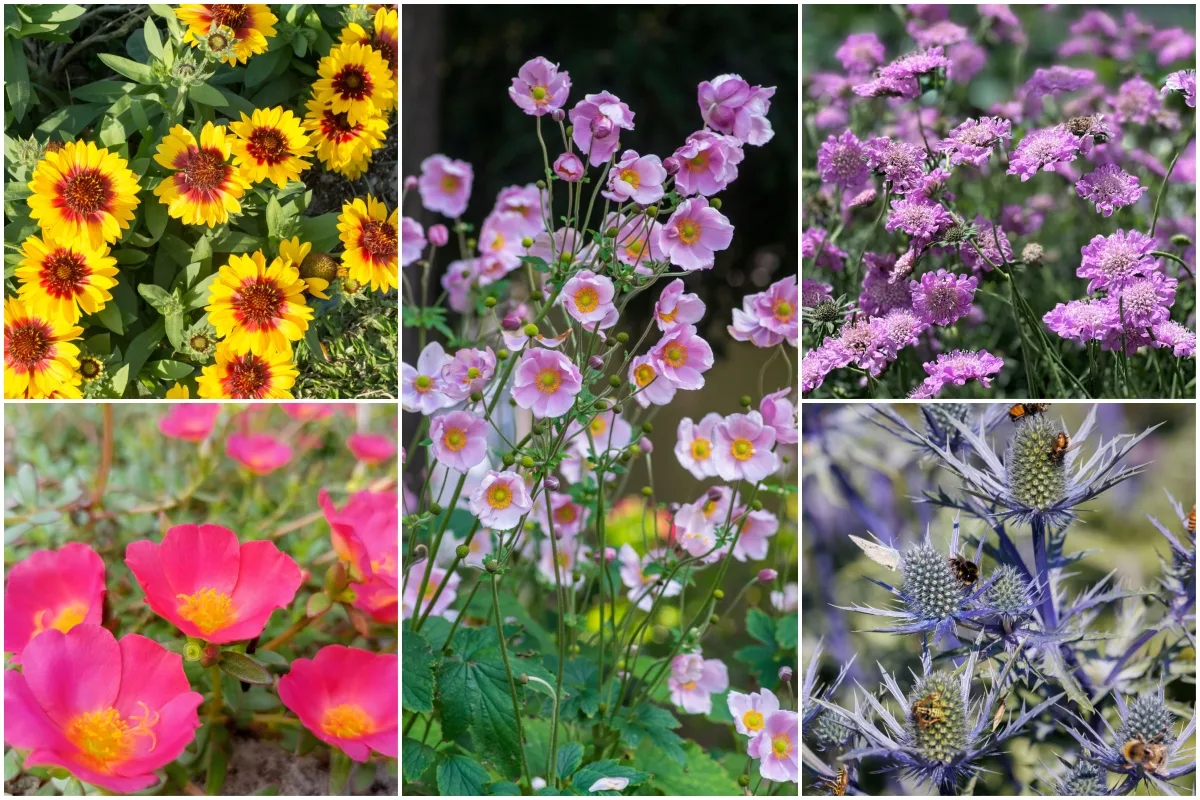
As an introverted writer, I’m really fun at parties. As soon as new acquaintances find out that plants and gardening are how I spend my work days as well as my free time, the questions start pouring in.
Over time, I’ve been noticing that I get involved in conversations on two main themes:
What’s wrong with my …? (insert plant troubleshooting question here) and the How do I …? theme. In this latter theme, I think the most common question is a variation of How do I get more flowers for less effort and money?

I always recommend planting perennials that bloom all summer long. You plant them once, then put in a bit of effort to get them established during their first spring and enjoy their flowers for weeks and months every year.
Here’s a list of my favorite perennials that will stay in bloom for a long time.
I could pretend that I’m starting this list alphabetically, but I’m not. I have a not-so-hidden agenda to get as many of our readers as possible to plant this perennial herb. Not only is it long-blooming (from June until October, in most zones), but it’s also native to North America.
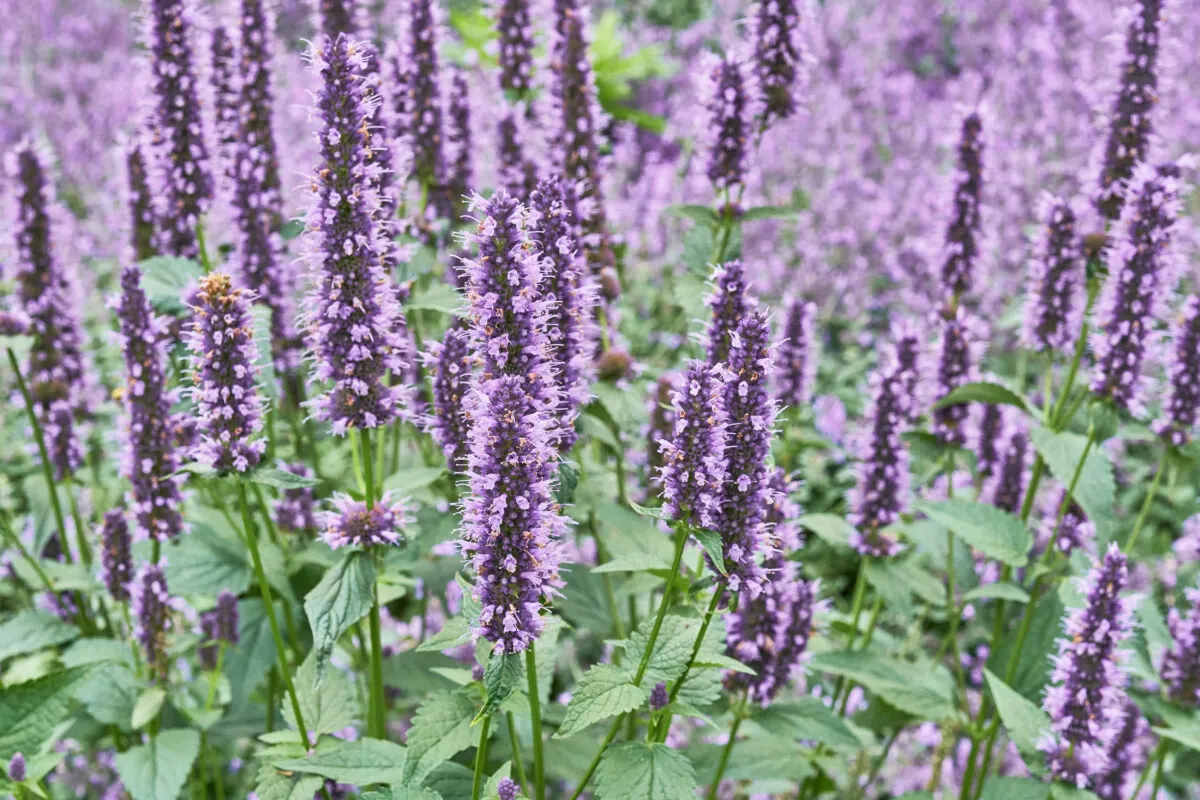
Due to its strong fragrance (leaves, roots, stems and seed heads), critters won’t come anywhere near it. But it’s the same fragrance and anise aroma that translate really well into teas, salads and cookies.
You won’t be the only one tasting it – pollinators love the spiky purple flowers. And once you get anise hyssop established, it will become heat- and drought-resistant and thrive in a sunny, well-drained spot.
The name “amsonia” may not mean much to you, but you’ve certainly heard of bluestars. This herbaceous perennial is native to North America, and you’re likely to see it growing in the wild in different climates and conditions – from the mountains to the coastline and from sand meadows to wet prairies.
Due to its tolerance to a vast array of conditions, amsonia successfully transitioned from a wildflower to a garden ornamental.
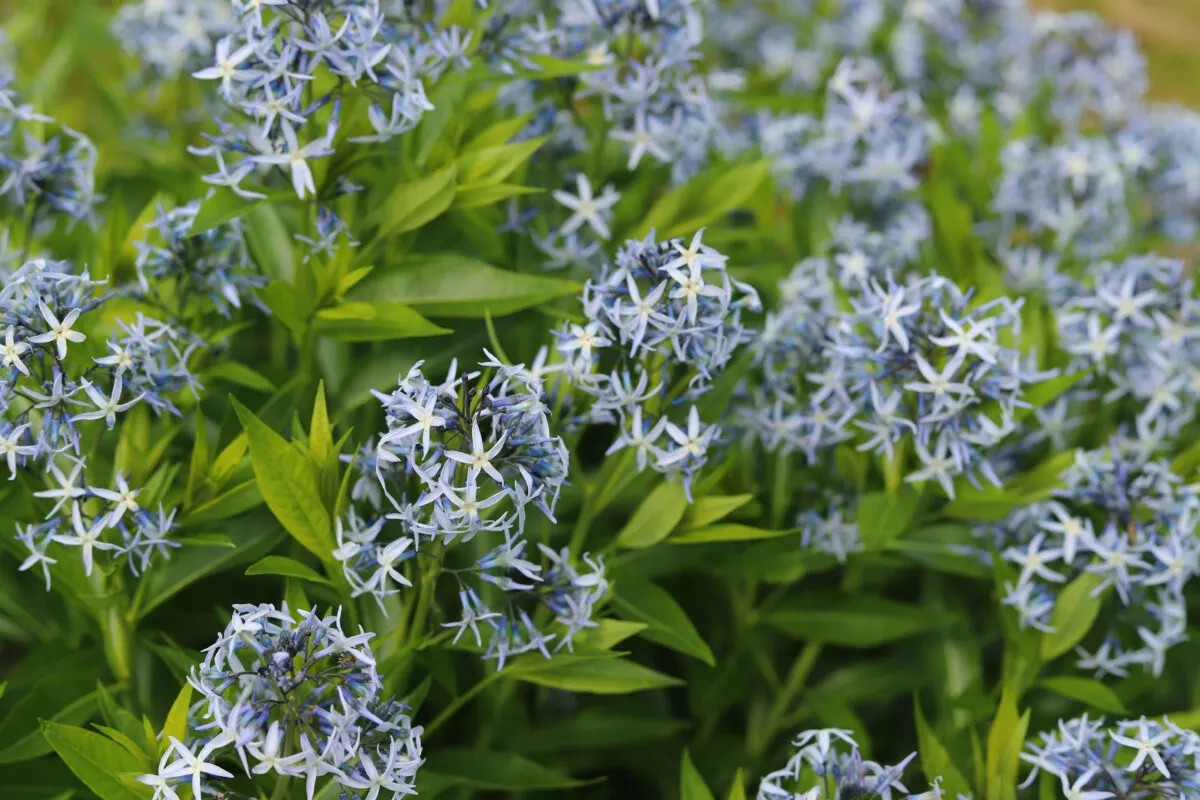
Amsonia opens the summer season, with almost true blue star-shaped flowers that start unfurling in May and stay in bloom all through June. Older plants will develop into a shrub-like structure that needs very little maintenance. You might think one amsonia is just like another, but have a look at its different cultivars and you’ll see how much variety there is.
A few different bluestars to choose from include: ‘Threadleaf Bluestar’ or ‘Arkansas Amsonia’ (Amsonia hubrichtii), ‘Eastern Bluestar’ (Amsonia tabernaemontana) and ‘Willow Leaf Bluestar’ (Amsonia tabernaemontana v. salicifolia).
What comes to mind when you think about yarrow? It’s probably the common yarrow, the upright plant with fine fern-like foliage and a white lacecap of a flowerhead. But did you know that yarrow comes in so many other colors? From fiery red to pastel orange, bright yellow and fuchsia-pink.

Yarrow is native to temperate European and Asian climates, but it naturalized in North America a long time ago. In temperate climates, it starts blooming in late spring and continues all through the summer.
Achillea has a long vase life as a cut flower, and luckily, the more you cut back the blooms, the more flowers you’ll get. But it’s not just florists that love these rich bloomers; pollinators, including butterflies and bees, love the long-lasting flowers of the yarrow plant.
Echinacea is a perennial that seems to be popular with everybody. Herbalists love it for the beneficial properties of its leaves, flowers and roots; goldfinches adore to feast on the seeds; bees and butterflies are big fans of its nectar. Gardeners love it too, mostly because it’s a generally low maintenance plant that can withstand heat and some drought, helped, in part, by its deep roots.

Echinacea palida blooms in a flurry of wispy lavender-pink petals, while Echinacea purpurea is generally bright pink. However, E. purpurea also has two common white cultivars called ‘PowWow White’ and ‘White Swan.’
All of these beauties will happily open their flowers to the sun starting in June. Some may even have a second bloom in September.
When you hear the word “geranium,” you’re probably thinking of masses of pink flowers overspilling from pots and window boxes. But just to make sure we’re on the same page, I’m talking about truly perennial geraniums (the hardy kind), not about pelargonium (also known as annual geraniums).

If you’re not sure what the difference between true geraniums and pelargoniums is, I explain it in further detail in this post (including side-by-side photos).
The blooming season of some hardy geraniums can extend from mid-spring to late fall (perhaps the longest blooming perennial on this list). The trick is that you have to do some maintenance, by pinching back all the spent flowers to promote fresh growth.
Echinops are also known as globe thistles. But don’t let this nickname put you off. Yes, they are globe-shaped, but they are not thistles, even though their leaves are rather spiky. Perhaps their moniker comes from a desire to not be mistaken for echinopsis which is a large genus of cacti native to South America.

This blue beauty only gets better with age, as the older it gets, the more flowers it will produce. The lanky globe thistle can handle drought and heat and still stay in bloom all throughout July and August.
Eryngium has a few things in common with echinops. They will both grow tall, open up in similar vivid shades of blue and purple and are much-beloved by pollinators. But while echinops has spiky leaves, eryngium has spiky flowers. Lots of them.
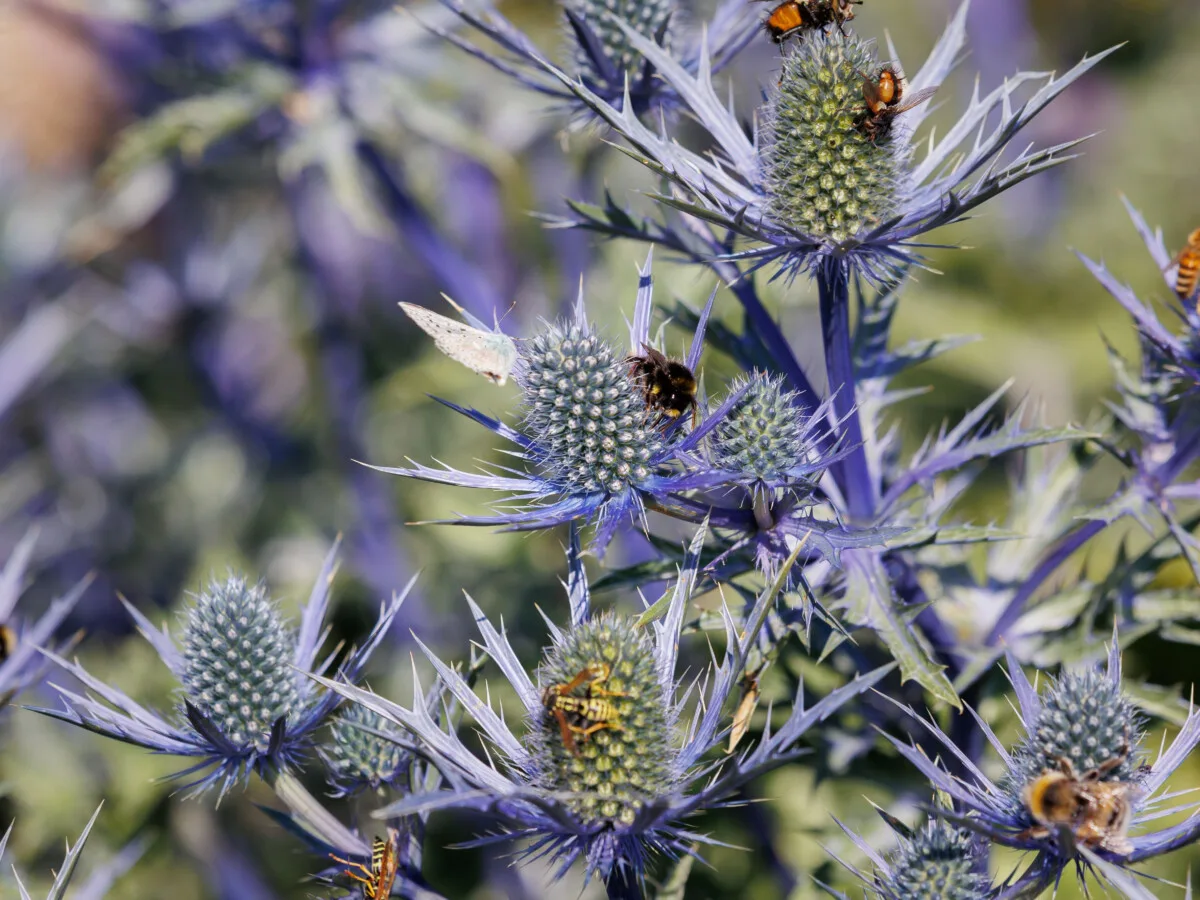
Sea holly blooms from June all the way until the end of September. And true to its name, it does well in salty soil where not much else will thrive. And once the flowers fade, you can leave them on the plant to add interest and texture to your garden throughout the winter months.
I wrote an entire ode to the blanket flower, that’s how smitten I am with this plant. It will stay in bloom all summer long without too much fuss. And it comes in all sorts of bright color combinations.
Two popular series in the United States and Europe are the ‘Arizona’ and the ‘Mesa’ selections. Within these two series, you’ll find numerous cultivars of different shades, shapes and sizes.
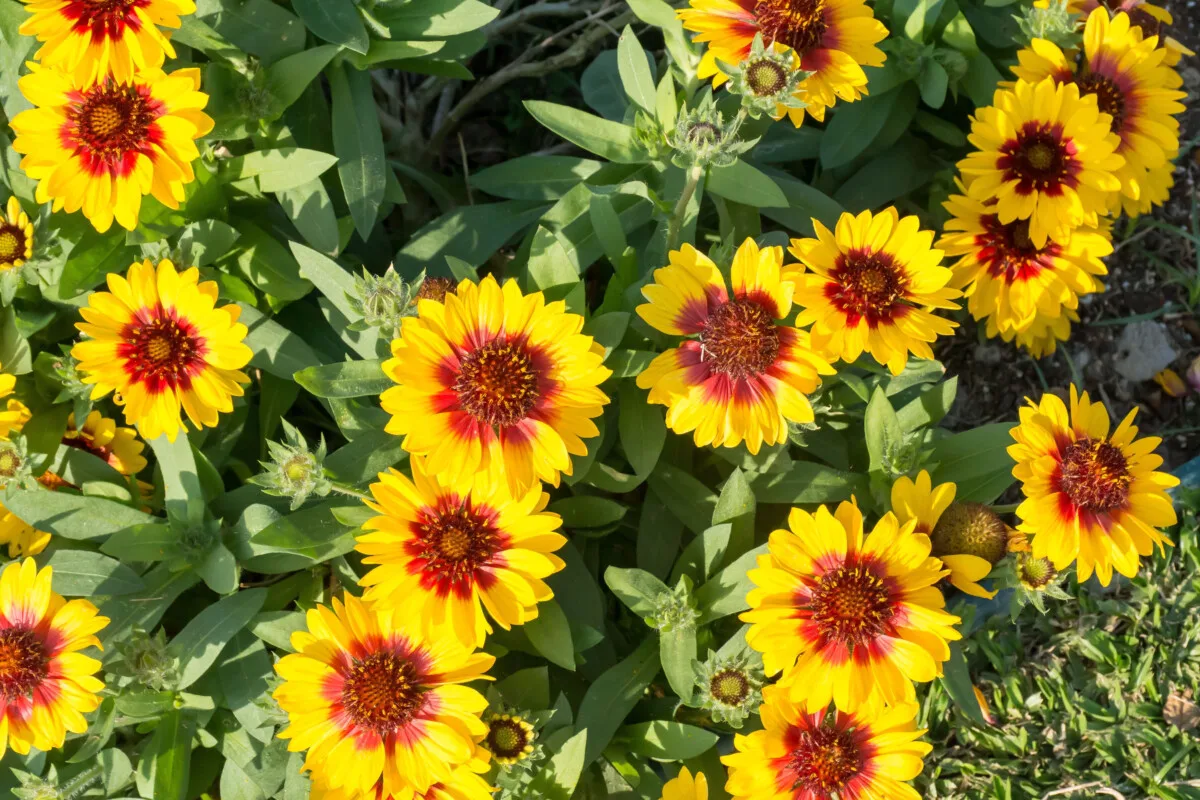
‘Mesa Yellow,’ ‘Mesa Peach’ and ‘Mesa Bicolor’ resemble miniature sunflowers, while ‘Mesa Red’ and ‘Burgundy’ look very much like the burning sun itself. But if you want to bring an award-winner into your garden, check out Gaillardia ‘Arizona Sun.’ You can thank me later.
I’m adding heliopsis right after blanket flower on this list because some cultivars of each look very similar to the other. That’s not surprising, since they belong to the same plant family (Asteraceae), a family that they also share with daisies, asters and sunflowers.

In fact, a few other nicknames for heliopsis include oxeye, false sunflowers and oxeye sunflowers. Heliopsis bloom in June, July and August, in a symphony of warm colors and hues. ‘Tuscan Sun,’ ‘Summer Sun’ and ‘Ballerina’ are three popular cultivars that come in shades of yellow. On the other hand, Heliopsis ‘Burning Hearts’ has a vibrant deep-red center and a color layout more similar to that of blanket flowers.
No summer-blooming perennial list is ever complete without a mention of Rudbeckia (also known as black-eyed Susan). Whether you go for the classic black-eyed Rudbeckia fulgida ‘Goldsturm’, the giant Rudbeckia maxima or the underrated Rudbeckia laciniata (sporting a green or yellow center), you’re guaranteed to get blooms all the way from July until the end of September.

Rudbeckia is a versatile perennial that can look at home in a wildlife garden, a meadow garden or an elegant perennial border. Once established, rudbeckia plants are low maintenance and quite resistant to deer and other garden critters.
Most black-eyed Susans will happily self-seed, but they’re just as easy to divide in the fall if you want to save your gardening budget for other plants on this list. Here’s a tutorial I wrote about how to divide rudbeckia last fall.
If bluestars (number two on this list) mark the transition from spring into summer, Japanese anemone will bloom from late summer into fall. In spite of their Asian origins, these perennials have become cottage garden staples in Europe and North America. They spread easily by sending underground runners, but you can contain them just as easily by digging them out and dividing them at the end of their growing season.

Depending on what cultivar you’re choosing, your Japanese anemone will grow very tall, so it may need staking. ‘Honorine Jobert,’ ‘Praecox’ and ‘Dreaming Swan’ are all gorgeous gateways into the Japanese anemone obsession.
If you’re having trouble growing the lupines or delphiniums (notoriously short-lived perennials), allow me to introduce you to baptisia, also known as false indigo. It might be the profuse flowering that starts early in the summer that will win you over; but the foliage, in shades of blue-green, will seal the deal.
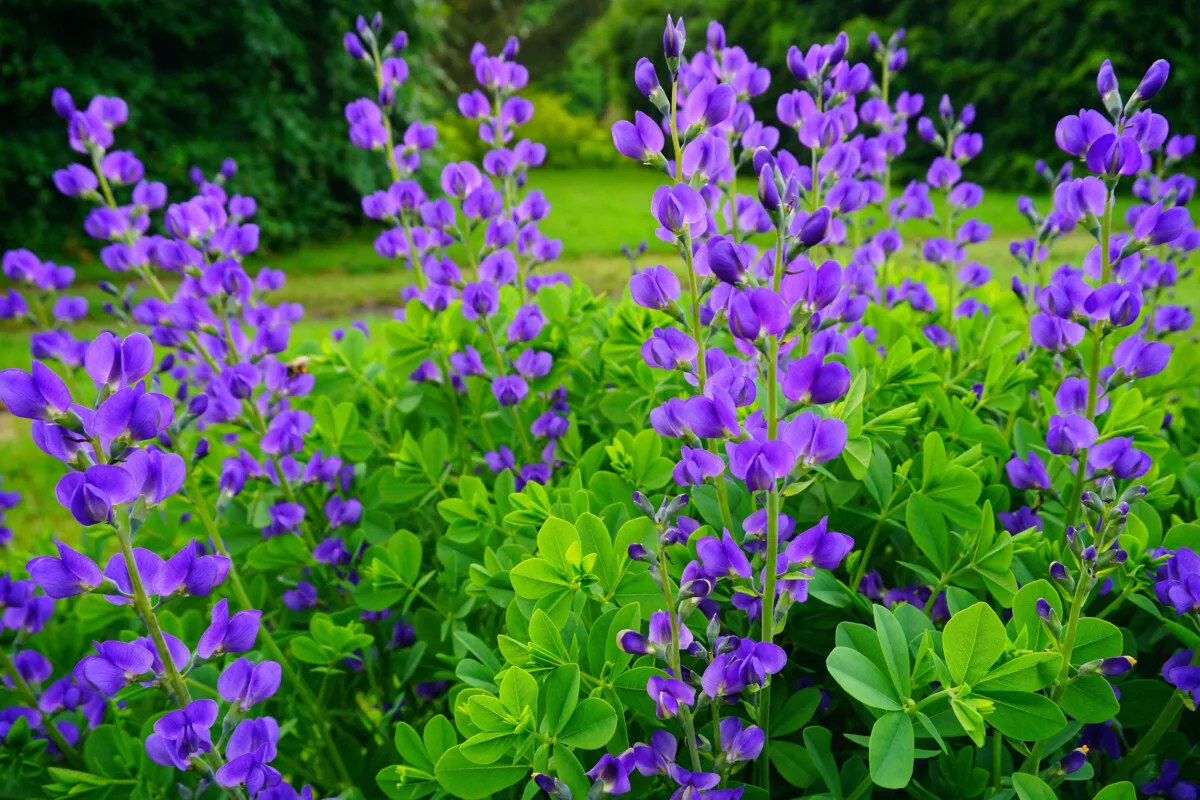
And if you think that such a beautiful plant must be high-maintenance, I’ll be happy to put your mind at ease. This dense shrubby perennial is long-lived even in hard conditions such as drought and clay soil due to its deep taproot structure. False indigo spends a long time establishing this root structure, so it will reach its full blooming potential roughly in its third year of growth.
Scabiosa is nicknamed “the pincushion flower,” but it might as well be called the “cut-and-come-again flower.” The more you pinch back the spent blooms, the more flowers it will send out. Its pink, burgundy, white or purple flowers are a favorite with bees and butterflies. But they also make excellent cut flowers.
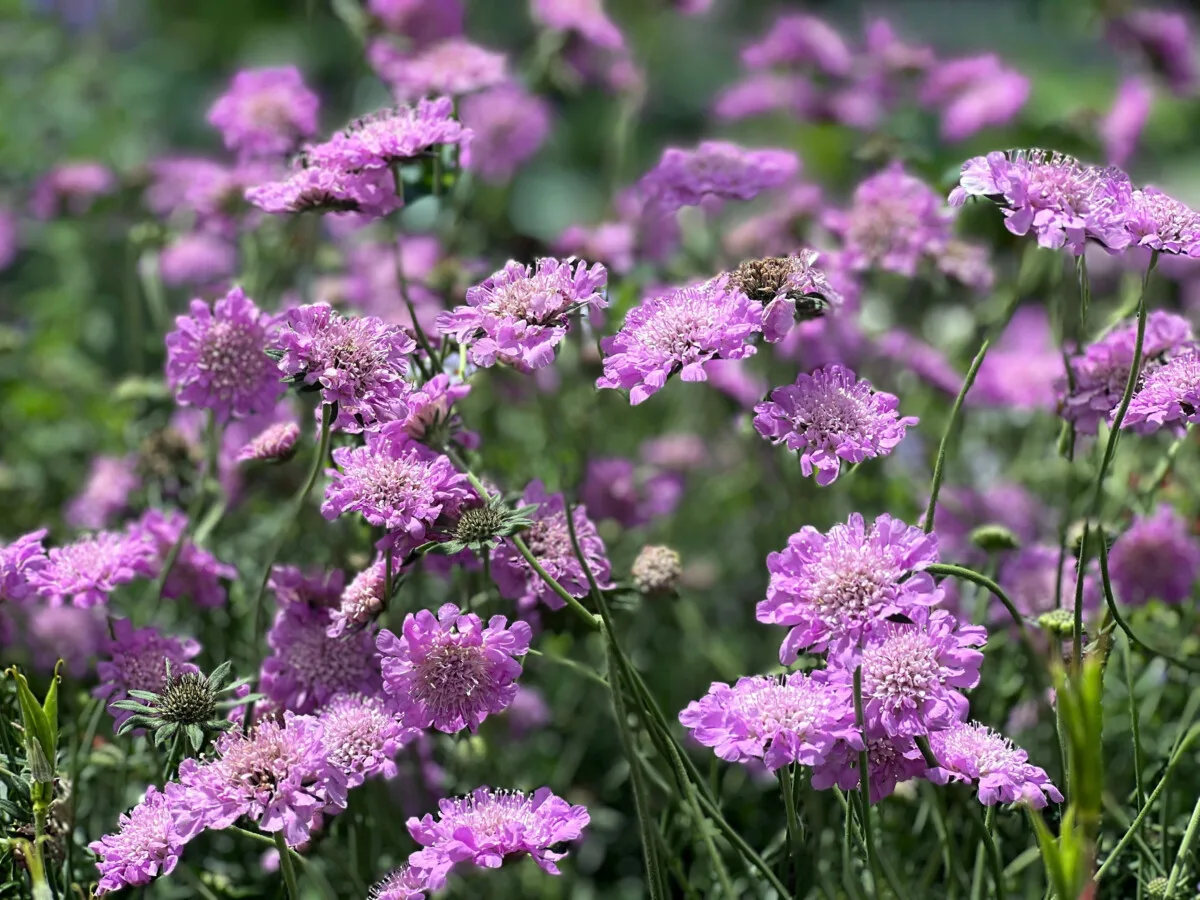
Before you bring scabiosa into your garden, make sure you’re buying a perennial variety, as there are some that grow as annuals (especially the showier cultivars used by florists).
I hope you’ll forgive me if I just refer to this one as penstemon, since I’m not a big fan of its folk name.
This elegant perennial also sends down a strong taproot, a remnant of its wild native habitat. Penstemon is another wildflower that successfully made the transition to gardening sweetheart. Birds love it; bees love it; even educated butterflies love it. And I think you’ll love it too.

There’s a penstemon variety for every month in late spring and summer. Penstemon digitalis flowers in April, May and June. Penstemon calycosus flowers in June and July and Penstemon smallii generally flowers in July and August.
I saved this recommendation until the end for a reason. If you got this far into the article, you surely deserve some wine cups. Unlike the “beard tongues” above (yuk!), “wine cups” is as appropriate as a popular plant name can be. A member of the hibiscus family, this low-growing perennial is native to North America.
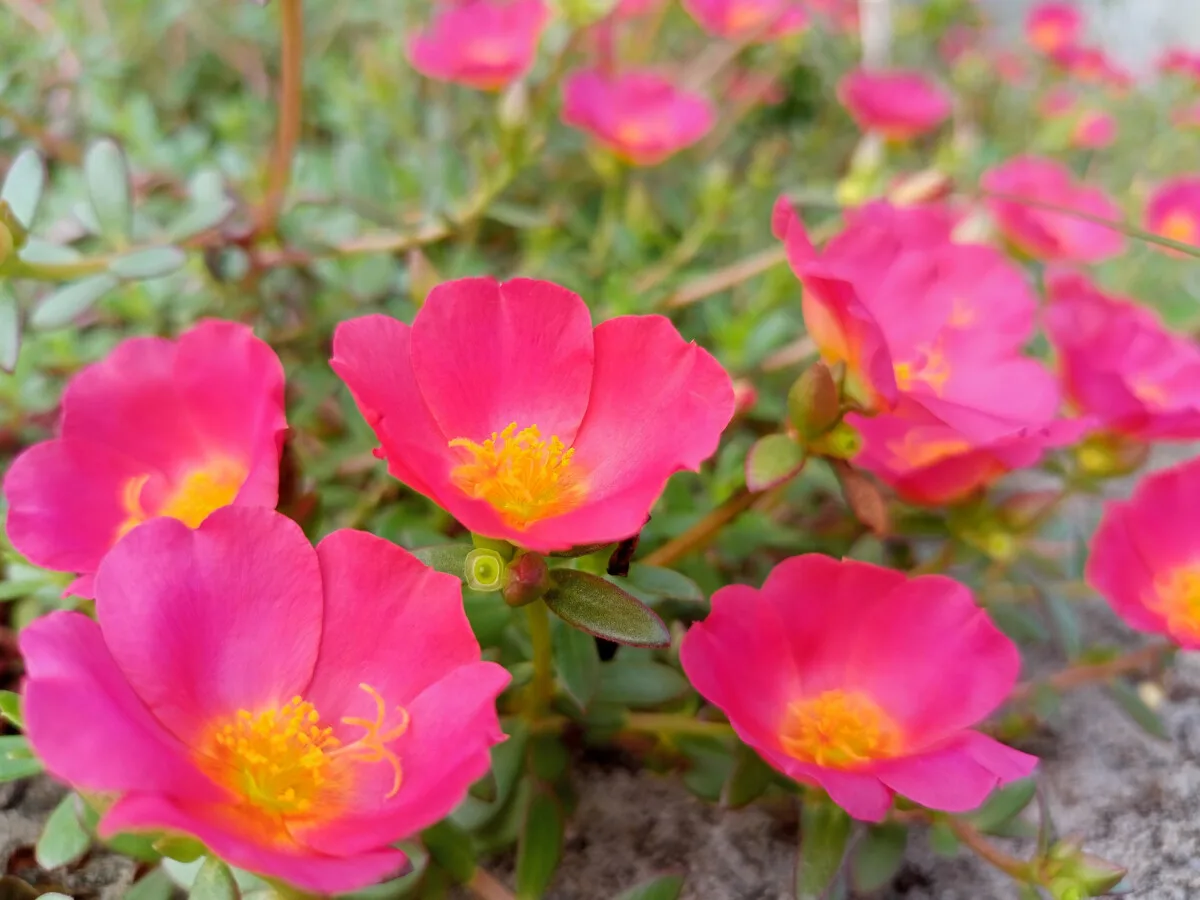
Starting in late spring, and continuing all through the summer, it forms a mat that’s sprinkled with chalice-shaped blooms in all shades of red (burgundy, magenta, hot pink and deep red). The foliage is just as attractive, and it resembles that of mallow flowers. Since in their natural habitat these perennials grow on rocky banks and dry meadows, they can easily adapt to gardens with low water availability.
This list of perennials that bloom all summer long is only the beginning. There are perennials for every season, and I’ll be happy to talk about them if we ever meet at a party.





